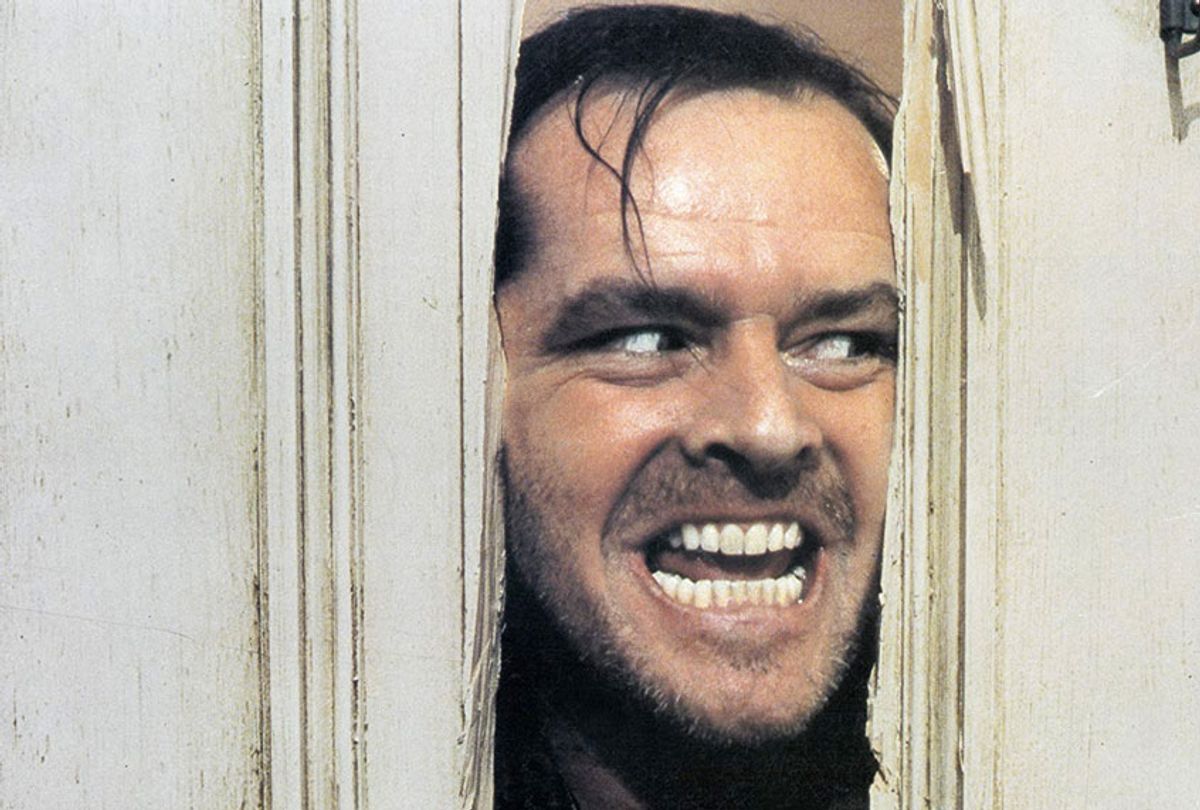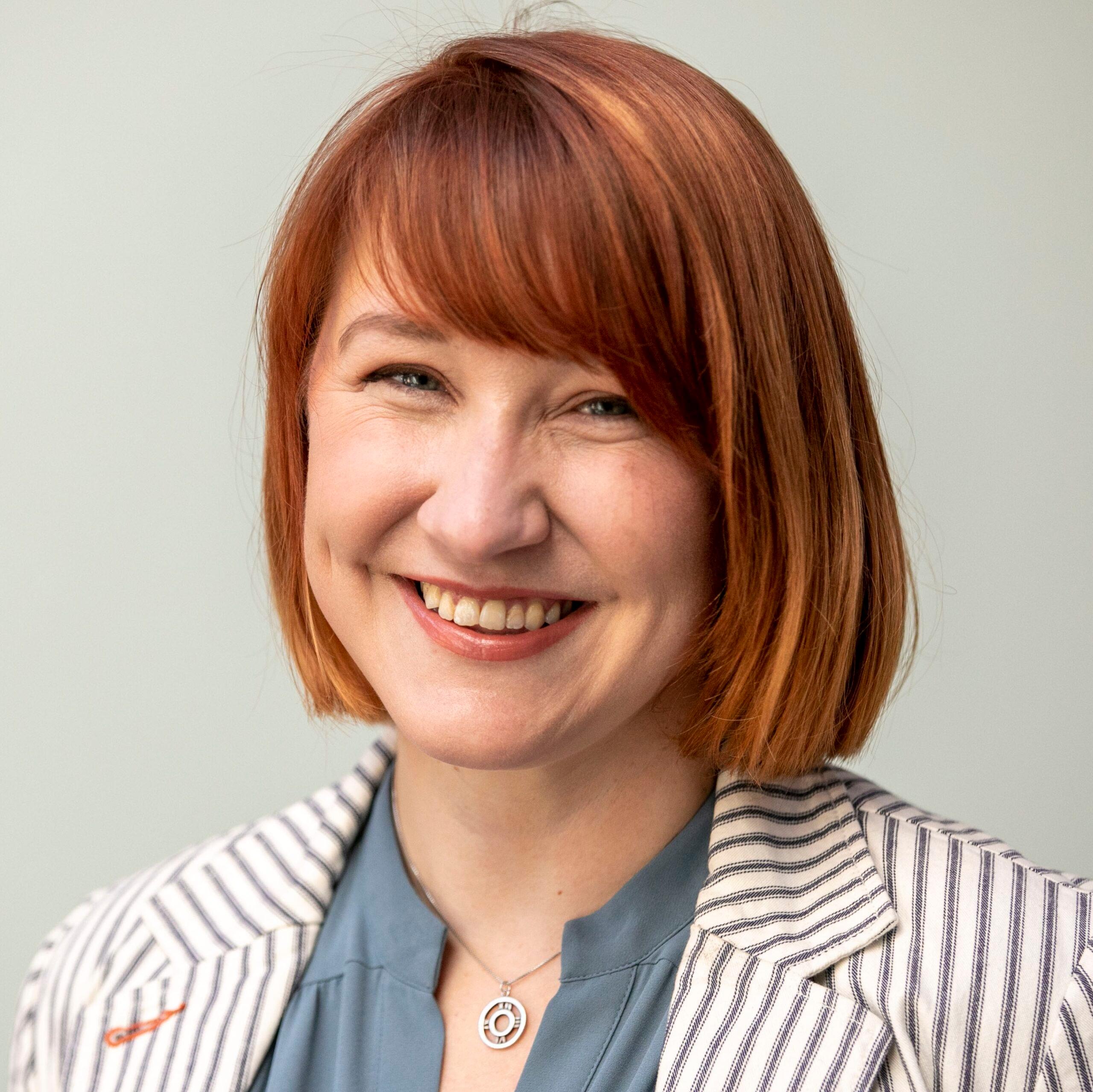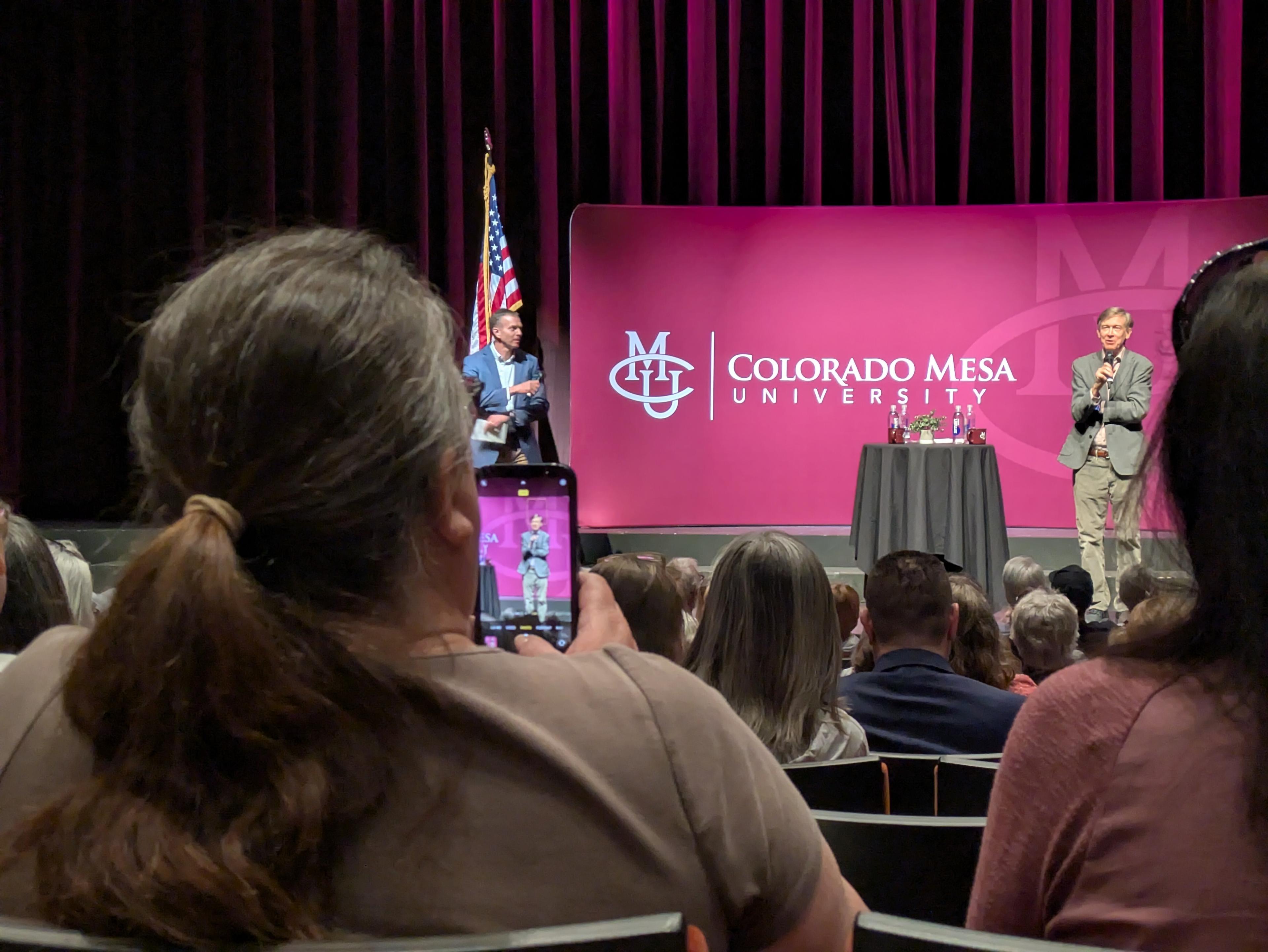
There is something irresistible about being terrified by horror films. It’s a genre of storytelling that relies on your full immersion, and a horror film is only as good as its eerie music. The setting matters too, and one of the best pairings of the two was born in Colorado. Stanley Kubrick’s “The Shining” is a staple of atmospheric chill, bringing together a centuries old theme and avant-garde classical music of the 20th century that’s played a huge role in making it a classic 40 years later.
“The Shining,” based on the novel by Stephen King, is set at the fictional Overlook Hotel in the Colorado Rocky Mountains, inspired by King’s stay at the very real and purportedly haunted Stanley Hotel in Estes Park, nestled at the edge of Rocky Mountain National Park. The film follows Jack and Wendy Torrence and their son, Danny. They are the only occupants of the Overlook during an isolated off-season and have horrifying encounters that may or may not be real.
Kubrick’s 1980 film opens with sweeping views of a road that winds ever deeper into the Rockies where a solitary car drives through the wilderness accompanied by a subtle tune. It’s this music that sets up 'The Shining’s" feeling of dread, according to Neil Lerner, musicologist at Davidson College. Lerner specializes in horror film music.
The tune is the Dies irae, which translates to “Day of Wrath,” a medieval chant from the 13th century. “It’s the most vividly descriptive part of the requiem liturgy that goes into the details of how awful hell is going to be,” Lerner says. The Dies irae has been a favorite of composers for a long time. Mozart, Verdi, Liszt, Saint-Saens, and Stravinsky have all expressed its terror in their music. But it was Berlioz’s take on the Dies irae in his Symphonie fantastique that inspired composers Wendy Carlos and Rachel Elkind to include it in the opening moments of the film. The Dies irae transformed the breathtaking and majestic imagery of the Rocky Mountains into the setting of fright and foreboding that made the film what it is. “Without that,” says Lerner, “it’s a shot of a car driving. It doesn’t necessarily read as scary or happy...but it shows how effective this one little bit of music totally sets the mood.”
Kubrick discarded much of the original music by Wendy Carlos. He opted instead for the music of avant-garde 20th century composers like Gyorgy Ligeti, Bela Bartok and Krzysztof Penderecki to highlight the horror at the Overlook Hotel. Lerner says Kubrick carefully selected certain pieces to enhance the feelings of repetition and symmetry, and to match production manager Roy Walker’s imagery of the Overlook’s interior. For example, Bartok’s Music for Strings, Percussion and Celesta follows young Danny cycling through hallways that are covered in symmetrical carpet and identical doorways. The music glides up and down, strings vibrate in the background and the circling percussion builds tension. “Things happen and then they happen in reverse,” says Lerner. “So that whole piece is built around the idea of symmetry and mirrors.” Lerner says Kubrick played with this idea in the film overall. “[Kubrick] really knew what he wanted to do. It wasn’t just that he was going for ‘let’s go for creepy music.”
Kubrick’s film isn’t the only version of “The Shining” that will chill you to the bone this season. Opera Colorado gives the regional debut of The Shining by two Pulitzer Prize-winners, composer Paul Moravec and librettist Mark Campbell. Premiered in 2016 by the Minnesota Opera, Morovec and Campbell designed their stagework to follow events of King’s novel more closely than the film, for a much different experience. And maybe witnessing The Shining as live theater in Denver - less than two hours drive to the fated Stanley Hotel - will bring an extra chill to the Ellie Caulkins Opera House.
Hear CPR Classical by clicking “Listen Live” at the top on this website. You can also hear CPR Classical at 88.1 FM in Denver, at radio signals around Colorado, or ask your smart speaker to “Play CPR Classical."









